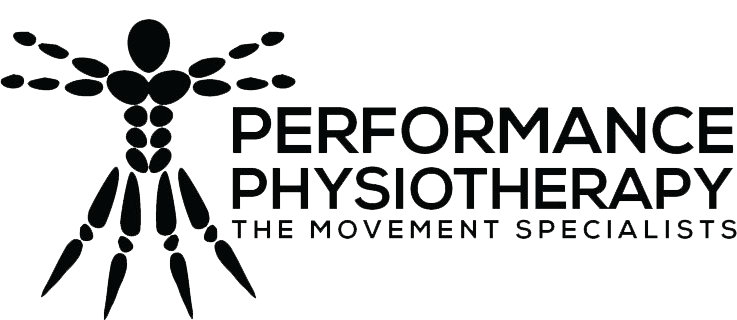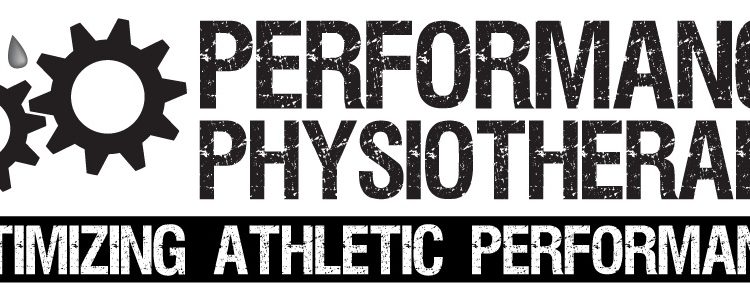Redefining Physical Therapy
This post comes on the heels of attending a lecture provided by a local hospital based out patient orthopedic Physical Therapist. This Physical Therapist is very well credentialed and has significant time in the field and has seen a lot of the good and bad of the medical system. What was glaringly obvious for me is how my perception of what physical therapy is and what it should do is different from what this traditionally trained therapist believes. I realize that his view is the “norm” for Physical Therapy these days, but I just don’t see it working as well as it could. I have struggled with defining what it is that draws me into work every day, because I get a sense of personal satisfaction from working with my clients that I know I just couldn’t get if I followed the traditional view of physical therapy.
I read an article the other day by Tom Lincir the President and Founder of Ivanko Barbell Company. The article was titled “How To Break An Olympic Bar” and it goes on to retell a story of how a Russian Olympic Weightlifter (sometime in the 1960’s) was performing a personal best in the clean and jerk and during the lift the barbell broke in half. The result to the lifter was near immediate death. The reason the a bar like this snaps in half, the article goes on to state, is due to an inclusion, flaw or hairline crack. As a result, the Ivanko Barbell Company throws away about 1 out of every 16 bars. That is about 6% going into the garbage. Tom Lincir then stated that “When you do the right thing, to make a safer, more perfect Olympic bar, it’s often more personally rewarding than profitable.”
That last statement pretty much sums up my feeling about physical therapy. Rephrased in my own words: “When you do the right thing, to provide a better more enduring solution for keeping people healthy and out of pain, it’s often more personally rewarding than profitable”.
There are to opposite spectrums of how to approach a person who is dysfunctional and in pain. One is the “quick fix”. Crack me, pop me, just make me feel better right now. Then I will wait until I can no longer stand the discomfort again and come back for more cracking and popping or whatever your preferred “fix” is. The other is more of an orthodontic approach. You want to fix your bite, well it’s going to take some time and we are going to have to apply a little force over a long period of time to get any real changes. Can you imagine if someone were to go to an orthodontic looking for a better smile and the orthodontic said great, we are just going force these teeth into the position we want, should take 3-5 visits and then your done. Does anyone actually think this works? I don’t think so, but that’s how people approach their personal physical pain and dysfunctions.
This is were I depart from the “traditional PT”. Sure, I have been well trained and have practiced for years all the quick fixes to help people get out of pain right now (counter strain, mobilizations, soft-tissue work, etc.), but that’s just enough to start the real effort of correcting the dysfunctions that got you there in the first place. This is were the fun really begins for me. I have had the opportunity to work with a very large number cash paying clients ranging from young collegiate caliber football players to
60 year old post stroke clients to over an EXTENDED period of time. I’m talking working this these individuals for at least 1 year or more, not the traditional 1-2x/week for 3-4 weeks and your done. Having done this has given me great insight into what it truly takes to get the corrections needed for the human body to function at it’s best and to minimize dysfunction.
My method requires consistent contact with clients over the course of weeks, months and years. I could get paid more by following the “traditional physical therapy” model, but the long term approach of actually helping my clients change their dysfunctions into purposeful functional activity in almost any endeavor they chose gives me personal satisfaction and is what keeps me coming back, day after day after day.


I love how clearly you explained that physiotherapy is a long term model for recovery as well as performance improvement. You made a really good analogy about getting braces, and how you wouldn’t expect braces to just fix your teeth over night. My nephew is graduating this year and being a professional athlete is his dream. I think he would be smart to find a sports physiotherapist because it’s about long term improvement.